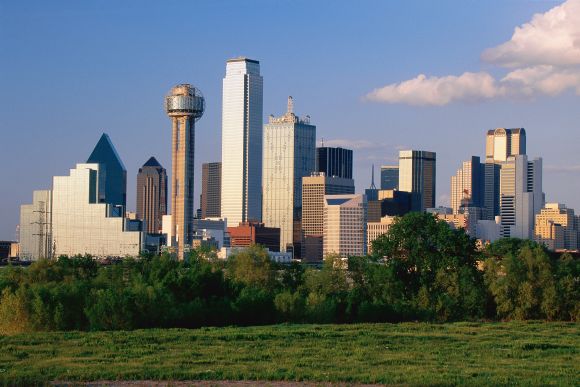Once upon a time, defining a restaurant strategy was a fairly straight forward process. Competition was clearly defined. Distribution channels were limited to in-person dining and perhaps some catering. Consumers spent a growing portion of their disposable income on dining out, fueling revenue growth and expansion opportunities.
That’s all changed. Competition now comes from a variety of sources, including grocers and convenience stores. Consumers can now order their meal in person, online, or through third party applications and dine in, pick up, or have their food delivered. Revenue growth has flattened, which means most restaurant operators are taking a hard look at their growth strategies.
These changes present challenges for restaurant leadership teams. How can your brand not just survive, but thrive, in today’s environment?
In this blog, we’ll share four restaurant strategy tips for success.
Know Your Customer Base
In order for a brand to succeed, its strategies have to be focused on the ultimate revenue source: customers. Who are your brand’s customers? What do they expect from your brand? How does your brand fit into their lifestyle? What are their preferred ordering and delivery channels?
If you’ve defined who your customers are in the past, it may be time for an update. Both market demographics and consumer behavior are changing rapidly. Relying on outdated information about your customer base can be costly.
Optimize Your Real Estate Portfolio
Winning in today’s environment means maximizing every asset, including every location. Real estate is one of a brand’s biggest investments. Are your investments still positioned for success? Leadership teams should conduct an audit of current locations to determine which ones are still in good trade areas, which ones are not, and the locations that need further investment in order to reach their full potential.
If you determine that your brand does have opportunity to open new locations or if you need to relocate units, then make sure you have solid research and analytics to back up the real estate decision.
Consider the Impact of Other Delivery Channels
Growth in the types of delivery channels available to consumers complicates real estate analysis and restaurant strategic planning. It’s not enough to find real estate that reaches traditional dine-in customers; you need to consider the trade area’s online sales potential through brand-owned applications and third-party applications. Once again, this analysis is largely driven by the types of customers present in the trade area. Does the trade area primarily have traditional dine-in customers, online order customers, or “cross channel” customers? Everything from unit size and layout to marketing messages will be driven by that insight.
Personalize Marketing Promotions
To cut through the crowd of competition, you need to approach customers with highly personalized marketing promotions. This means using the marketing channels that your customers prefer and segmenting offers to match them with customer behaviors. Personalized marketing can boost customer retention – a key to success in the highly competitive restaurant market.
The Bottom Line
Today’s restaurant leadership teams must navigate an increasingly complex industry, but there is a path forward for success. By tailoring restaurant strategy to the needs, habits, and lifestyles of customers, brands can maximize their investments and build the kind of customer loyalty that drives revenue for years to come.
Need help planning your restaurant strategy? Buxton’s analytics can provide the customer and trade area insights you need to succeed. Learn more about our work with the restaurant industry.


